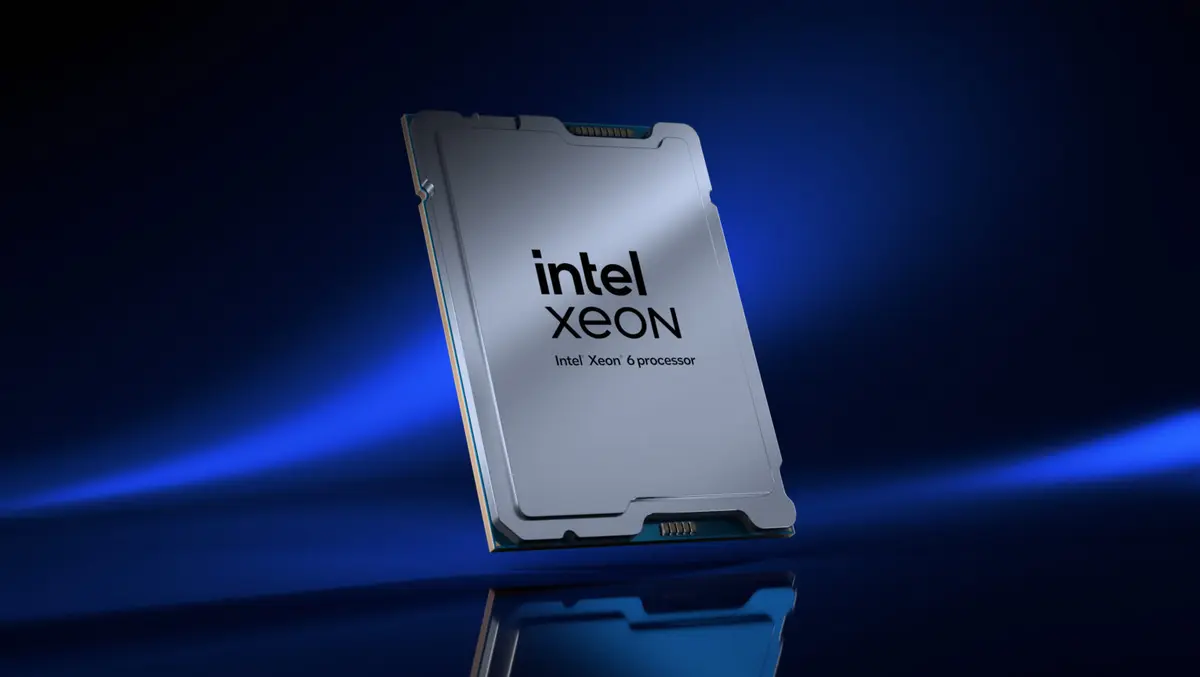Intel has introduced three new Intel Xeon 6 series processors designed to enhance performance in GPU-accelerated artificial intelligence (AI) systems.
The new processors feature Performance-cores (P-cores) and incorporate Intel's Priority Core Turbo (PCT) technology and Intel Speed Select Technology – Turbo Frequency (Intel SST-TF). These features allow for customisable CPU core frequencies, which are expected to support GPU performance across demanding AI workloads.
One of the newly released Xeon 6 processors, the Intel Xeon 6776P, serves as the host CPU in the NVIDIA DGX B300 AI-accelerated system. The Xeon 6776P manages, orchestrates, and supports the overall AI-accelerated system within the DGX B300 architecture. With an extensive memory capacity and robust bandwidth, the processor is engineered to cater to the expanding requirements of AI models and large datasets.
Karin Eibschitz Segal, Corporate Vice President and Interim General Manager of the Data Center Group at Intel, commented, "These new Xeon SKUs demonstrate the unmatched performance of Intel Xeon 6, making it the ideal CPU for next-gen GPU-accelerated AI systems. We're thrilled to deepen our collaboration with NVIDIA to deliver one of the industry's highest-performing AI systems, helping accelerate AI adoption across industries."
According to Intel, the pairing of Priority Core Turbo and Intel SST-TF brings significant advancements to AI system efficiency. The PCT technology allows high-priority cores to run at increased turbo frequencies for time-critical tasks, while lower-priority cores operate at base speed. This segregation ensures an optimal allocation of CPU resources, which is regarded as crucial for AI tasks that require significant sequential or serial processing. The intent is to enable CPUs to feed data to GPUs more rapidly, streamlining system effectiveness in demanding scenarios.
The new Xeon 6 processors with P-cores are built to offer high core counts and improved single-threaded performance. Each processor can reach up to 128 P-cores, aimed at facilitating a balanced distribution of intensive AI workloads across the available cores.
Intel reports that memory speeds with the Xeon 6 processors can be 30% faster compared to competing solutions, particularly in high-capacity DRAM configurations. This is supported by both latest MRDIMMs and Compute Express Link standards, which are designed to improve memory bandwidth for data-intensive applications.
The processors also offer greater input/output capabilities, providing up to 20% more PCIe lanes than earlier generations. This feature is intended to enhance data transfer rates for input/output-intensive workloads commonly found in enterprise AI and data centre applications.
Intel emphasises strong reliability and serviceability features in the design of these new CPUs, aiming for extended system uptime and reduced risk of disruptions to enterprise operations. Additional support comes from Intel Advanced Matrix Extensions, which enable FP16 precision arithmetic for efficient data preprocessing and critical CPU-driven tasks within AI environments.
The adoption of these processors is intended for enterprises looking to modernise infrastructure in anticipation of increasingly complex AI workloads. The energy efficiency and performance characteristics are targeted at a broad array of data centre and network applications.




